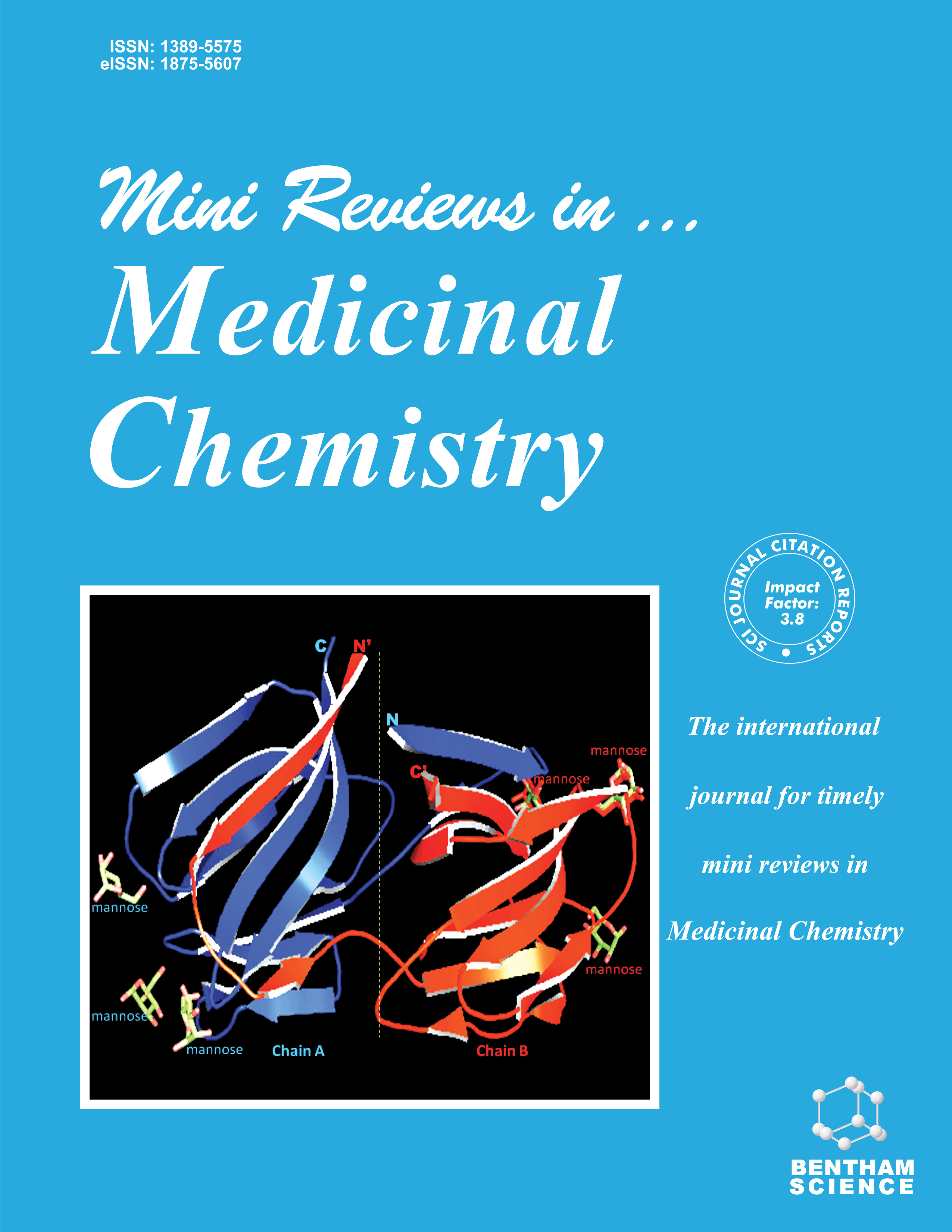
Full text loading...
Taxol is a compound with a rigid, tetracyclic structure of diterpene, which is characterized by significant antitumor properties. Firstly, Taxol has been isolated by extraction from the bark of the yew tree. However, the low level of availability obligated the researchers' world to uncover alternative techniques of Taxol obtainment. In the last few years, many synthetic and semi-synthetic methodologies have been elaborated. Nowadays, many novel biotechnological approaches using cell suspension cultures and biotransformation are initiated and expanded. These processes are very beneficial. The reason is that both the final product and the yield of the process have high levels. Such approaches are very distinctive and they help achieve significant quantities of natural compounds, which often exist in small amounts in plants. Moreover, a very important aspect of Taxol development is nanotechnology. The use of this method has many benefits - the retention time is protracted and the concentration of a drug in tumor tissue is raised. This is due to the specific targeting of nanomolecules. What is essential for patients is that systemic side effects are reduced and the healthy biological systems and tissues do not damage. Also, the paper presents new directions with the application of Artificial Intelligence methods.
Every year, new concepts are created for obtaining Taxol and developing methods to significantly increase its bioavailability.

Article metrics loading...

Full text loading...
References


Data & Media loading...

